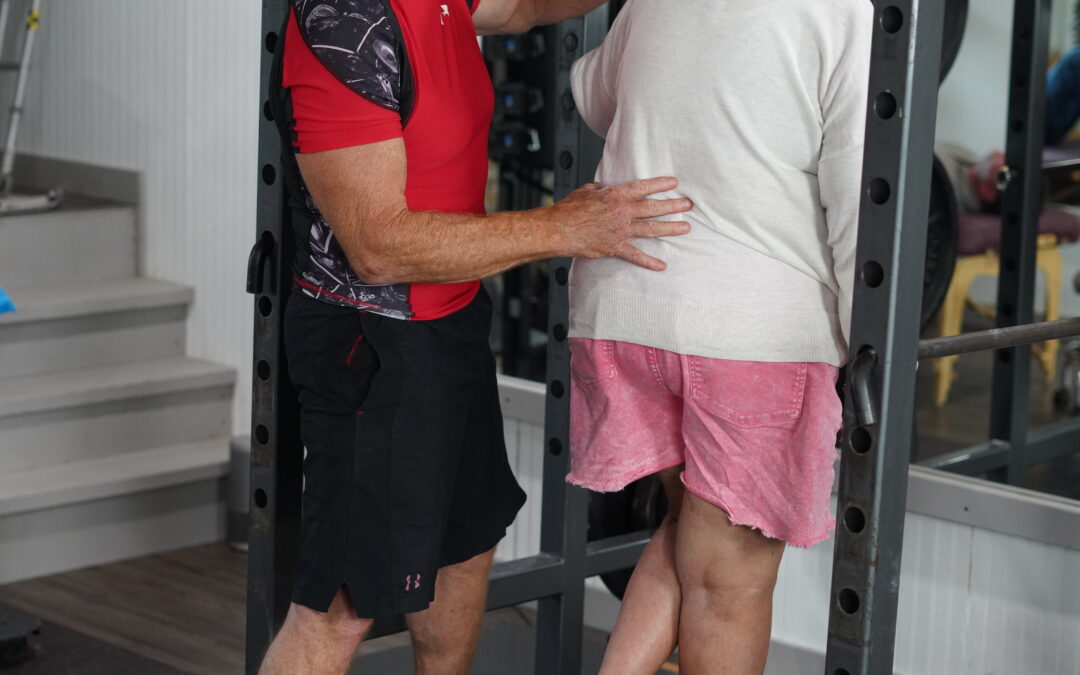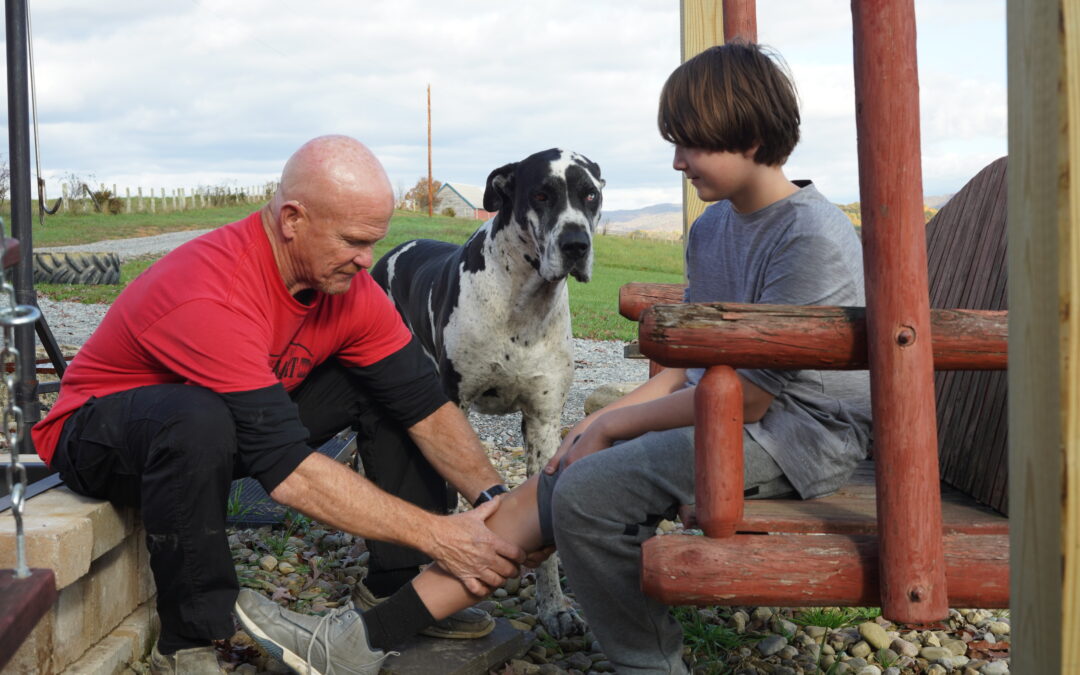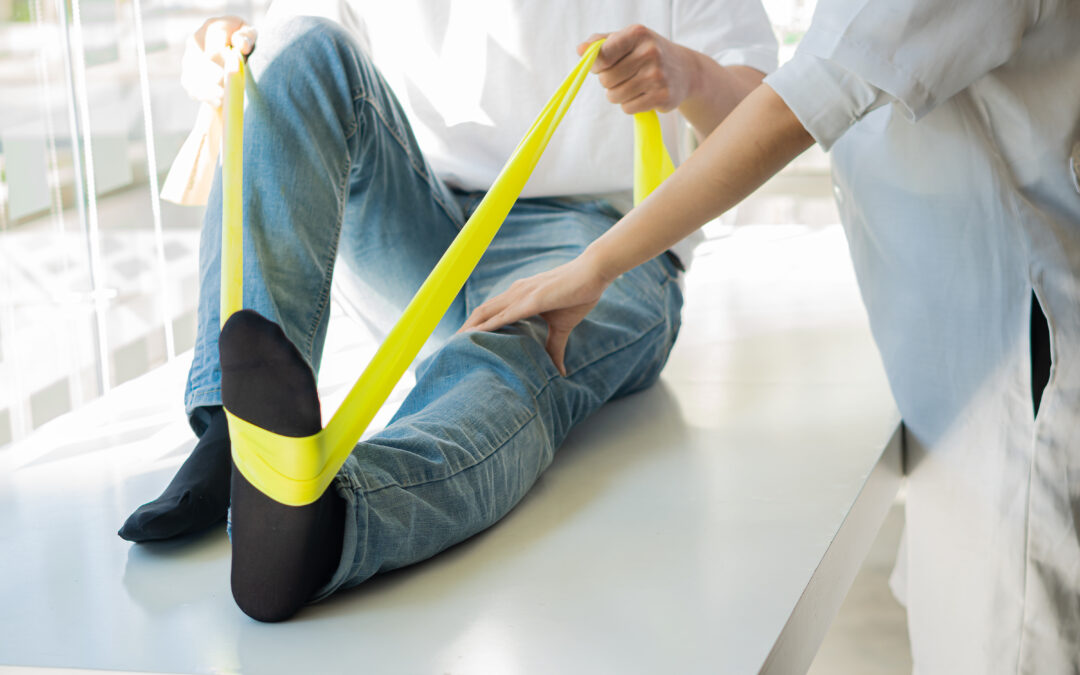For the past 20-plus years, much attention and money has been given to the most common arm malady—Carpal Tunnel Syndrome (CTS).
While the pain experienced by workers is, in its own right, a reason to attempt to mitigate workplace musculoskeletal disorders, it also results in a significant financial burden and a huge proportion of the cost of work-related illness.
In 2006, the national cost of workers’ compensation was approximately $54.7 billion, but it more than tripled by 2018 to $170.8 billion. One study of worker injuries showed that 55% affected the wrist (most were CTS), 7% affected the shoulder, and 6% affected the back. Other studies showed similar, although slightly different numbers.
The term cumulative injury disorders is applied to injuries without a traumatic cause. Cumulative injury disorders are a group of injuries to the muscles, tendons, bones, blood vessels, fascia, and/or nerves. These disorders, including CTS, are sometimes due to an acute injury but often are the result of repetitive injury, or constant pressure or tension.
CTS Causes – And Who’s at Risk
CTS is the term often used to describe soreness, tenderness, weakness, and altered sensation of the muscles and tissues of the thumb and second and third fingers. It’s believed to be caused by pressure on the median nerve at the point at which it goes through the “carpal tunnel” of the wrist.
Workers who repeatedly use their hands for their jobs (who doesn’t?) are often at risk. Knowledge workers who type a lot, carpenters who swing a hammer, ironworkers who squeeze pliers, and others who engage in excessive repetitive motion with their hands may experience CTS.
Diagnosis Is a Critical First Step
Many people believe surgery is the only treatment option. Others believe splints, soaks, or wraps are effective. However, the primary objective for treatment should first lie in a good diagnosis of the problem.
First, you should determine where the problem is originating. Physical therapists are trained to locate the injured area and to look elsewhere for the cause.
Why Surgery Isn’t Always the Best Option
While surgical release of the small tendon at the base of the palm or side of the wrist is a common attempt at a solution, because it is believed to relieve pressure from the median nerve, statistics show a huge number of failed surgeries.
Why? Many healthcare professionals believe the reason is that the median nerve is often entrapped proximal (above) to the wrist.
One likely location of median nerve entrapment is where it passes through a muscle called the pronator teres, in the proximal (upper) forearm, near the elbow. The pronator teres functions to help flex the elbow, as well as pronate or twist from the outside toward the inside as if to turn a faucet (clockwise for the left hand, counterclockwise for the right). The neck or shoulder can also be sights of entrapment for the pronator teres.
Once the origin of the pain/entrapment is identified, then treatment can begin. Often, a manual treatment is used to alleviate entrapment and relieve the pain.
An Alternative to Surgery
A California chiropractor developed Active Release Techniques (ART) treatment for soft tissue injuries, including CTS. For CTS, the ART treatment will target the wrist.
ART is a non-invasive treatment of choice for many healthcare professionals, including physical therapists. When delivering an ART, the professional first locates the muscle, then shortens it to flex the elbow and pronate the wrist.
Then, through careful manual placement of the physical therapist’s (or other professional’s) fingers, appropriate pressure and tension on the muscle are applied, as the patient then actively takes the elbow and wrist through the opposite motion of wrist supination (opposite of pronation, rotating the right wrist clockwise) and elbow extension. Several passes are done to this area, often decreasing tension and pressure on the median nerve as it passes through the muscle.
In addition to the ART treatment, the patient will often be given additional stretches or other exercises to assist in healing.
This ART treatment often helps the patient return to normal function within five to eight treatments, while some folks respond sooner, and others take a bit longer.
Surgery is sometimes unavoidable—but it isn’t ALWAYS necessary.
Is ART Right for You?
If you suspect you have or have been diagnosed with CTS and are interested in finding out if ART is right for you, contact WELLSMART Rehab & Fitness to discuss your treatment options.





